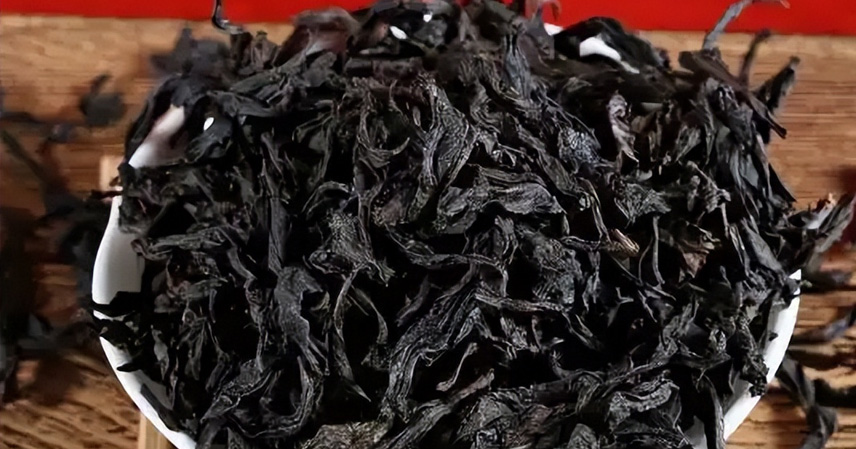In recent health research, tea’s benefits—like bolstering cardiovascular health, aiding digestion, and sharpening focus—have gained broad acceptance. Globally, tea enthusiasts savor its rituals, but a striking survey highlights a twist: Switching from subpar varieties might halve lung disease mortality rates. Spotting the culprits—charred tea, moldy tea, and broken tea leaves—is key, as chronic exposure packs serious lung health risks, from inflammation to heightened respiratory vulnerabilities.
Charred Tea: The Hidden Carcinogen in Your Cup
Charred tea arises from excessive roasting or poor storage, yielding a bitter brew many overlook. Yet, these scorched leaves harbor polycyclic aromatic hydrocarbons (PAHs), proven carcinogens that seep into infusions. Over time, PAHs assault cellular integrity, elevating cancer risks and impairing lung tissue.

Studies link prolonged charred tea intake to respiratory woes, as toxins erode lung linings and disrupt metabolic functions, worsening decline in smokers or those with pre-existing conditions. Budget blends often suffer from high-heat shortcuts for mass output, amplifying exposure.
Opt for traceable, artisanal sources to sidestep this—your wallet may feel the pinch short-term, but lung protection pays dividends long-term.
Moldy Tea: Toxins That Trigger Inflammation
Moldy tea brews from damp storage, fostering mycotoxins—potent villains that erode immunity, strain livers, and spark neurological glitches. For lungs, these invaders provoke allergies and chronic inflammation, upping odds of obstructive diseases.
Subtle onset masks the threat; no funky taste needed for harm to accumulate. Vulnerable groups—asthma sufferers or allergy-prone—face amplified perils. Stash leaves in cool, dry spots to thwart growth; inspect for mustiness before brewing.
Premium picks not only deliver antioxidants but detoxify—skipping moldy batches safeguards vitality.

Broken Tea Leaves: Dust, Dust, and Hidden Pollutants
Broken tea leaves, often cheap processing byproducts, lack whole-leaf elegance and pack impurities like pesticide residues or additives. Brewing releases these contaminants, burdening organs and potentially fueling cancers via chronic overload.
Hygiene lapses in production invite microbial taint, subtly undermining respiratory health. While economical, they erode tea’s perks.
Stick to reputable brands via trusted outlets—superior quality means fewer toxins, richer flavors, and genuine wellness.

Choose Wisely: Elevate Your Brew for Lasting Lung Vitality
Tea’s trove of polyphenols and vitamins shines in quality forms, but low-quality tea variants sabotage benefits, stacking lung health risks like fibrosis or COPD. Ditching them could slash mortality by 50%, per emerging data.
Prioritize fresh, whole-leaf options in airtight havens—your sips become shields, fostering vigor over peril.
References
- PMC: Tea Consumption and Risk of Chronic Obstructive Pulmonary Disease
- Frontiers: Tea Intake and Lung Diseases
- BMC Public Health: Pulmonary Function in Tea Workers
- Inf.News: Survey on Tea and Lung Disease Deaths
- Dr. Tania Dempsey: Pesticides and Mycotoxins in Tea
- Wikipedia: Health Effects of Tea



